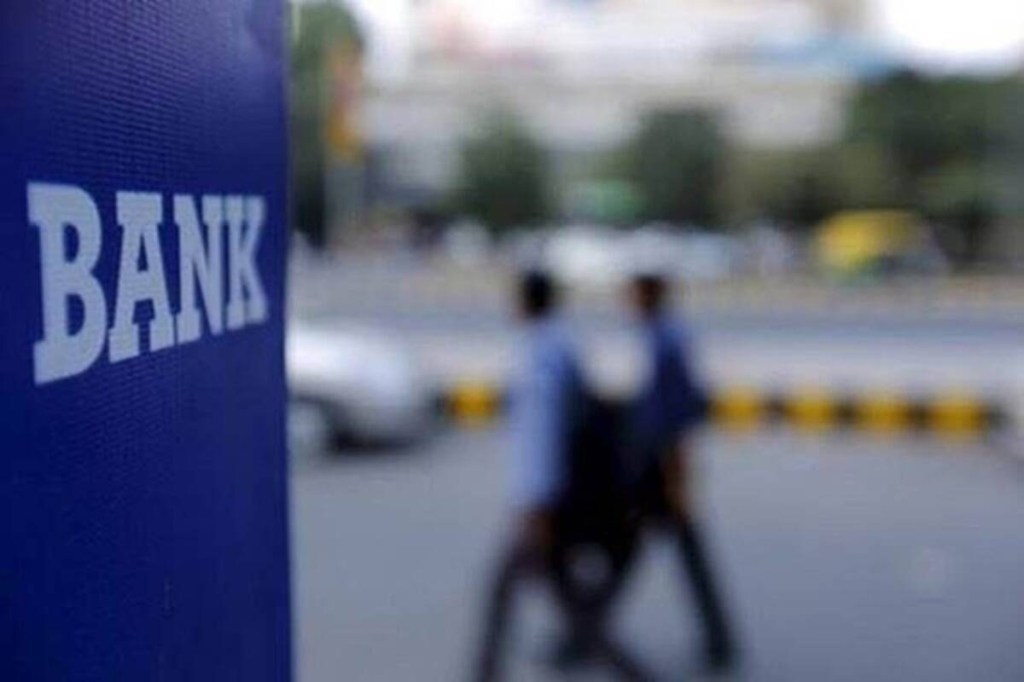The banking system has now been in a surplus since June 2019, or for two full years. Over this time, banks have lent little, parking the surplus in risk-free government bonds or in the RBI’s reverse-repo window. The Financial Stability Report (FSR) draws attention to the fact that their investments in G-Secs are at the highest levels since March 2010. This leaves them vulnerable to yield movements, more so if they don’t intend to hang on to the bonds till these mature. But this kind of lazy banking seems to suit them, so reluctant are they to take on risks. Nowhere is this more evident than in the wholesale sector—companies and businesses—where credit growth in FY21 was a miserable 0.7%. Of the exposure to this segment, a fair part comprised loans to public sector companies that are safer. Moreover, the MSMEs were able to access funds, thanks to the government’s ECLGS. Banks largely preferred to lend to individuals where the growth was a respectable 11.3% In all, bank credit rose 5.4% in FY21, the lowest in the last four years.
However, that doesn’t seem to have hurt their revenues; on the contrary, their performance in FY21 was the best in many years. The net interest income for a select sample of 26 banks (public and private) jumped 22.4% in FY21, the biggest increase in about ten years. With access to cheap deposits—that left savers with a negative real rate of interest—and yields that barely see a downward trend, banks were able to make handsome spreads. Indeed, a pandemic year saw their operating (pre-provisioning) profits climb nearly 22%, again, the highest growth in a decade. The smart increase in the bottom line, was, of course, helped by the considerable drop in provisions.
Even in the current year, the FSR notes, the rise in exposure to companies (86% of loans to wholesale borrowers) has decelerated sequentially. RBI believes the significantly lower rates on market instruments may have enabled private firms to reduce their banking sector exposure. If banks continue to remain as risk-averse as they are today and unwilling to lend to companies—other than those that are highly rated—a whole segment of businesses will be starved for credit. Given the risk weights for some retail loans—like home loans—are smaller, because they are better collateralised, the lower cost of capital for these exposures will persuade banks to lend increasingly more to individuals. They will eschew assets even with the slightest risk.
Changes in policy—the six-month moratorium given to borrowers last year—also make banks more wary of exposures to high-risk segments like MSMEs. Had it not been for the ECLGS, this segment would not have been able to access bank loans last year. While the circumstances were, no doubt, extraordinary, the moratorium was perhaps not the best way to deal with borrowers’ problems. Banks should have been given the option to recast or restructure the debt, case by case. If the loan losses are now expected to be lower than those anticipated earlier—FSR estimates a level of sub-10% by March 2022—it is because banks have stayed away from the slightest risk. Unless bankers are protected from the investigative agencies and regulatory changes, they will continue to play it safe.


